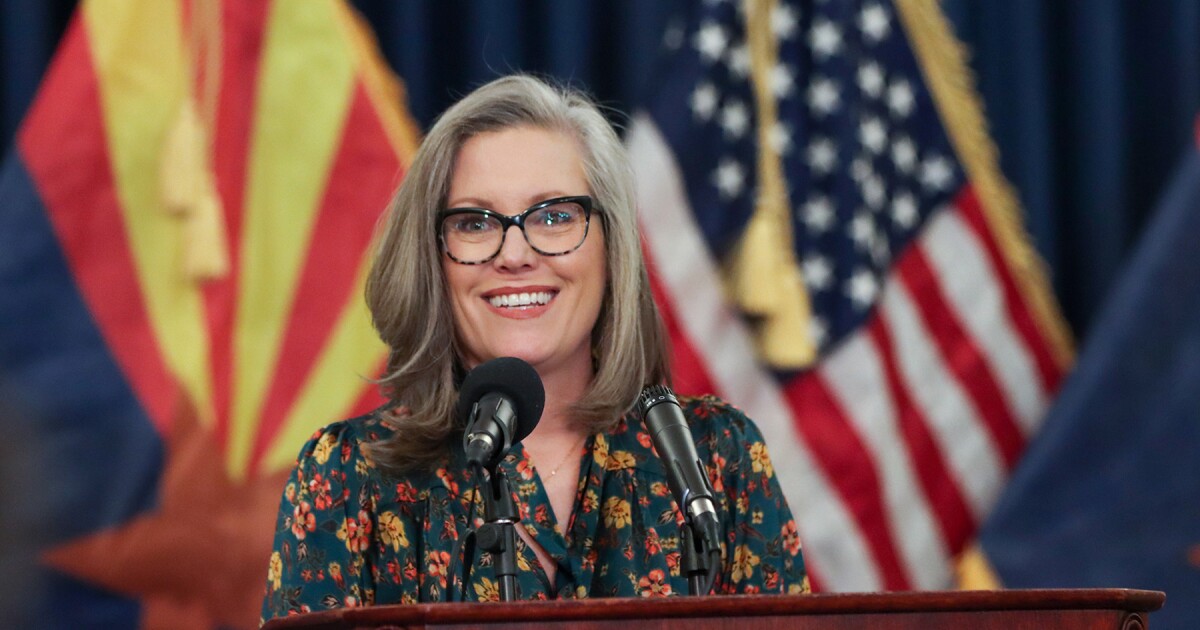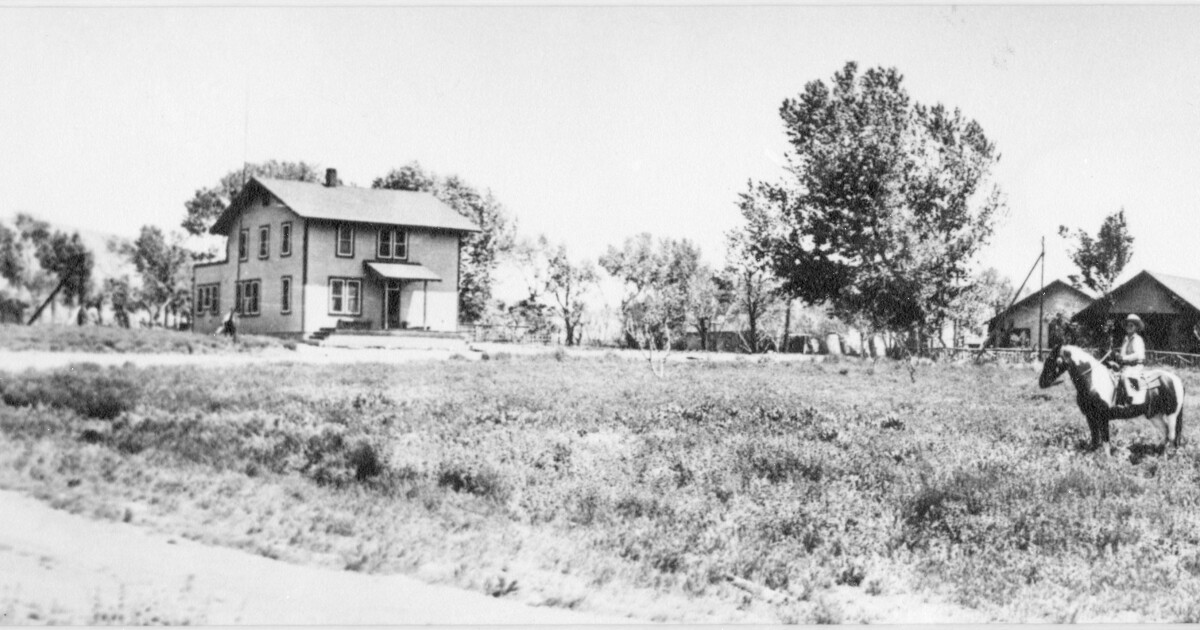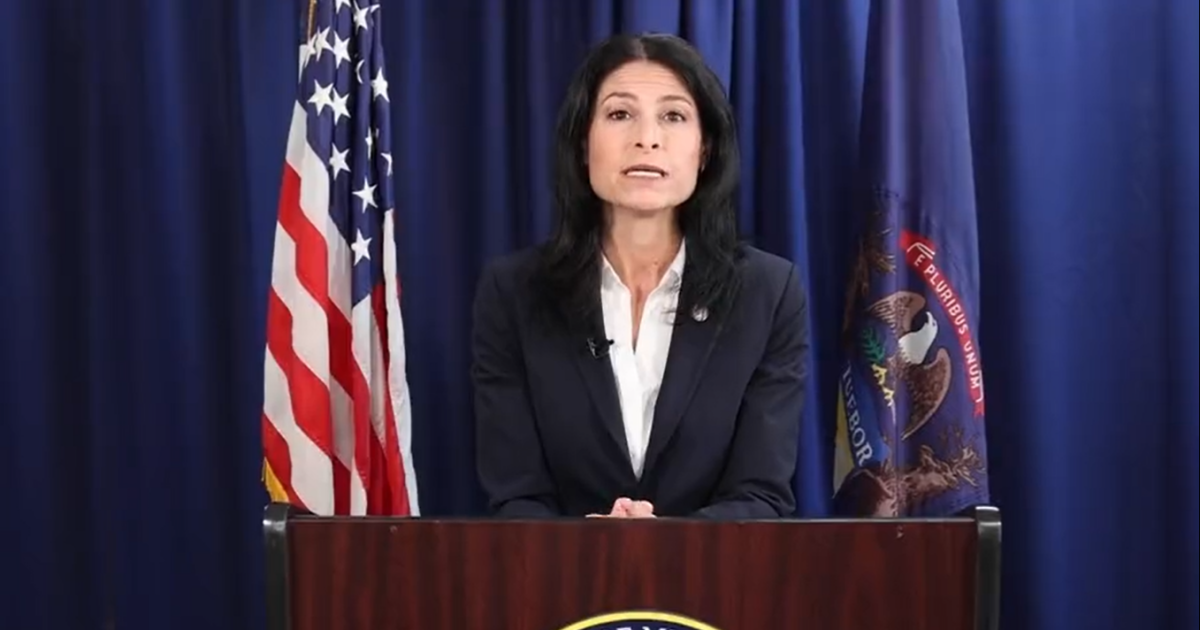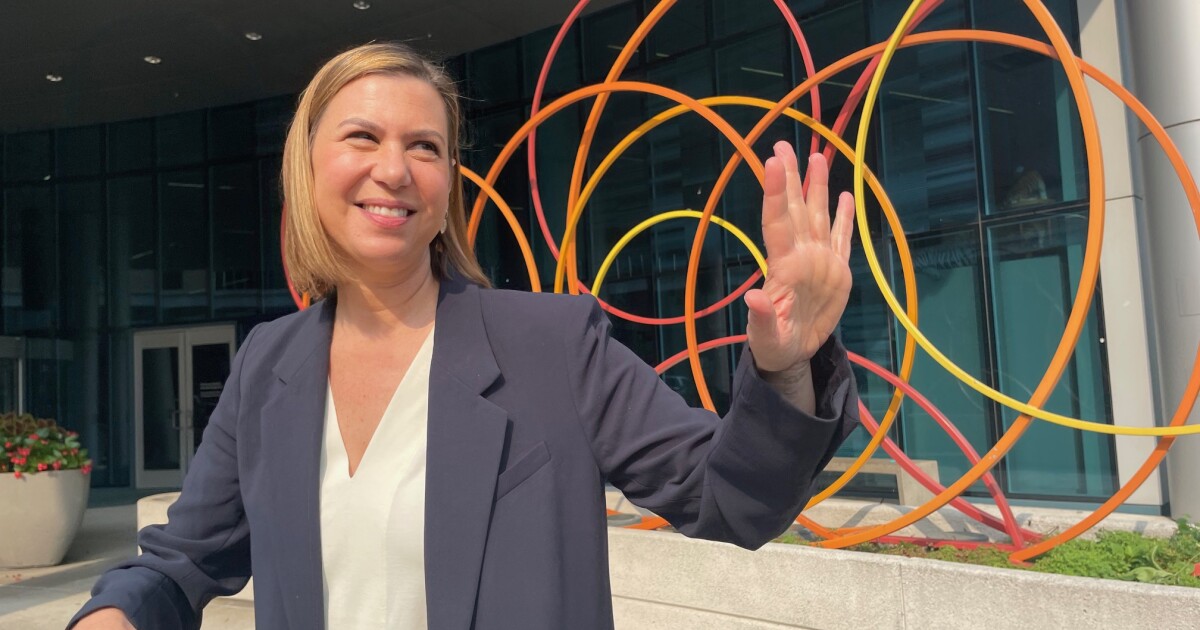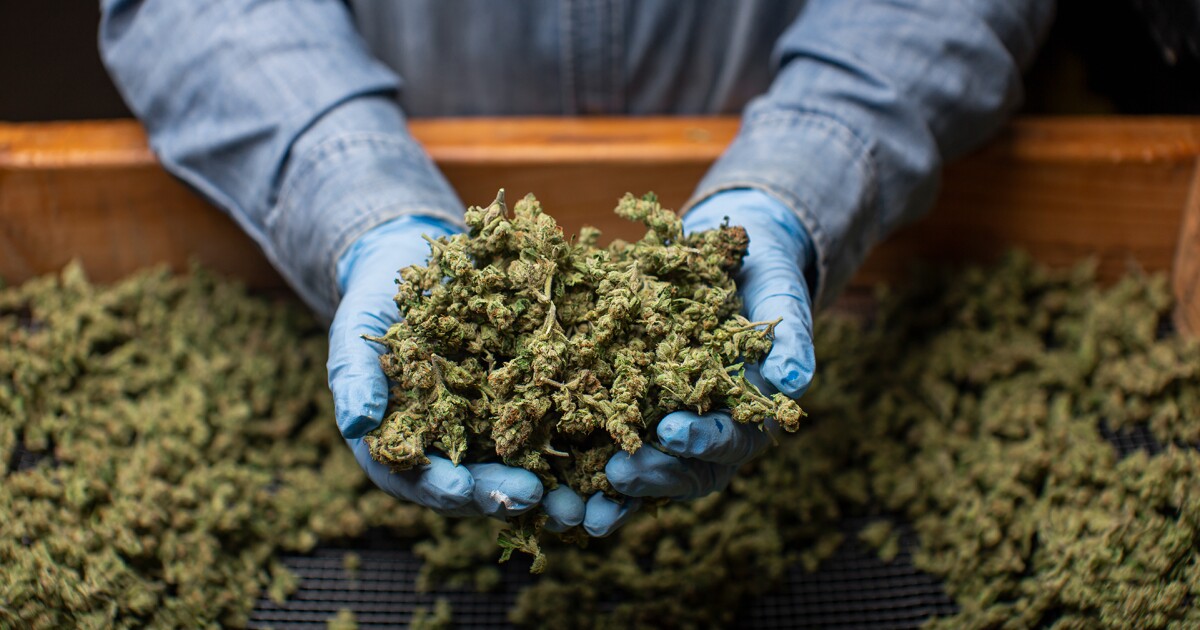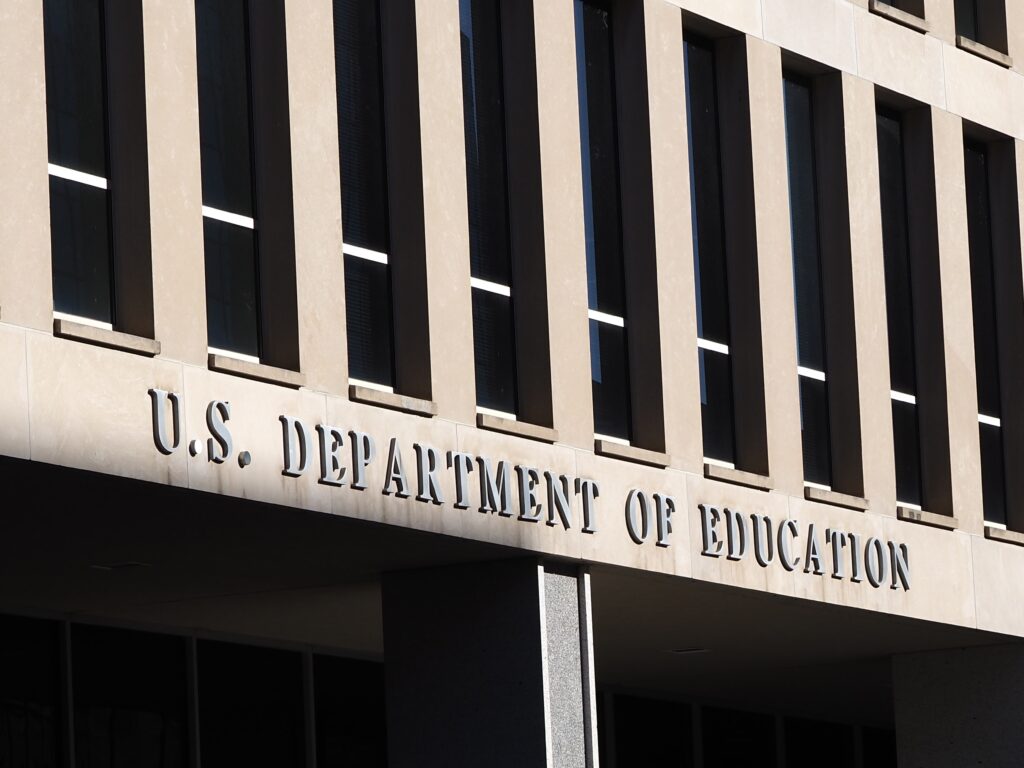Extensive research seldom reveals significant benefits from teaching approaches, yet tutoring is a notable exception. Prior to the pandemic, nearly 100 studies showcased substantial improvements in math and reading for students tutored at least thrice weekly using a validated curriculum. Some students experienced an additional year’s learning gain, surpassing benefits from smaller classes or summer school.
These studies, akin to clinical drug trials, compared tutored students’ test scores with those not tutored. Despite costs exceeding $4,000 annually per student, the investment in high-dosage tutoring proved worthwhile. On this evidence, the Biden administration advocated for schools to use pandemic recovery funds for intensive tutoring, with 46% of public schools responding, though the exact expenditure from the $190 billion funds remains unclear.
Related: Our free weekly newsletter alerts you to what research says about schools and classrooms.
Despite financial support, schools faced challenges scaling up high-quality tutoring. In 2024, researchers found minimal academic gains from tutoring in Nashville and Washington, D.C. New findings from the 2023-24 school year corroborate these results, with rigorous studies assessing large-scale tutoring efforts nationwide.
A June report from the University of Chicago Education Lab and MDRC described the findings as “sobering.” The study involved over 20,000 students across multiple cities, with randomized trials comparing 9,000 tutored students to 11,000 untutored. The results showed only an extra month or two of learning, a mere fraction of pre-pandemic outcomes. Though tutoring minutes remained effective, students lacked sufficient tutoring time overall.
Monica Bhatt from the University of Chicago Education Lab noted logistical challenges in implementing large tutoring programs. High-dosage tutoring requires significant changes to schedules and spaces, plus the recruitment and training of tutors, making its implementation complex.
Related: Students aren’t benefiting much from tutoring, one new study shows
Pre-pandemic tutoring studies were more controlled and involved researchers, unlike post-pandemic programs with variable quality. Economist Philip Oreopoulos, an author of the June report, highlighted the frustration when results diverge from expectations due to implementation issues.
Schools might have diluted tutoring effects by offering extra help to all students post-pandemic. Control groups in earlier studies had no extra help, making the tutoring impact clearer. Now, both tutored and untutored students received additional math and reading periods and access to computer-assisted learning, potentially diminishing tutoring’s impact.
Related: Tutoring may not significantly improve attendance
The report found cheaper tutoring models, at $1,200 per student, to be as effective as pricier ones. These programs featured tutors for eight students, blending online practice with personal attention. The pricier models, at $2,000 per student, supported smaller groups. Pre-pandemic models often had even closer tutor-to-student ratios.
Although results are lackluster, researchers advise not to abandon high-dosage tutoring, as it remains a promising strategy for boosting student learning. The focus should be on increasing tutoring hours for better gains. Bhatt suggests targeting tutoring to specific student groups to maximize effectiveness.
—
Read More Kitchen Table News



